Cowboy interview
Tommy Talton and Scott Boyer have a long history in music. From Talton’s start in “We The People” to Boyer’s “The 31st of February” (featured Duane and Greg Allman). Talton and Boyer formed “Cowboy” together. They were signed to Capricorn Records.
Interview with Scott Boyer and Tommy Talton
When and where were you born?
Tommy: Born Jan. 9, 1949 in Orlando, Fl.
Scott: I was born in 1947 in Binghamton, New York.
How old were you when you began playing music and what was the first instrument you played?
Tommy: I started playing guitar when I was late 13, early 14.
Scott: I was four years old when my mother saw me banging on the piano and started getting me lessons.
What inspired you to start playing music? Do you recall the first song you ever learned to play?
Tommy: I had been around music growing up. My mother and my older sister were always listening, so it was there in the house all day everyday, and I was thankful it was! One of the first songs I learned was by the Ventures (learned many of theirs) “Walk Don’t Run.”
Scott: I guess I’ve always liked music. I was inspired to play guitar and folk music back in the ’60s by Peter, Paul and Mary and some other folk bands. The first song I learned on guitar was “Blowin’ in the Wind” which I discovered later I had learned wrong.
What bands were you a member of as a youth and what types of music did you play?
Tommy: My first band was a trio with no bass player for the first few moths, “The Keyes” later became the “Chessmen.” After that I was with a group called the “OffBeats” and we joined forces with a band from Leesburg, Fl. “The Trademarks.” That combination became “We The People.” We The People had good success with RCA Records and can still be heard on discs that have been released from Sundazed Records.
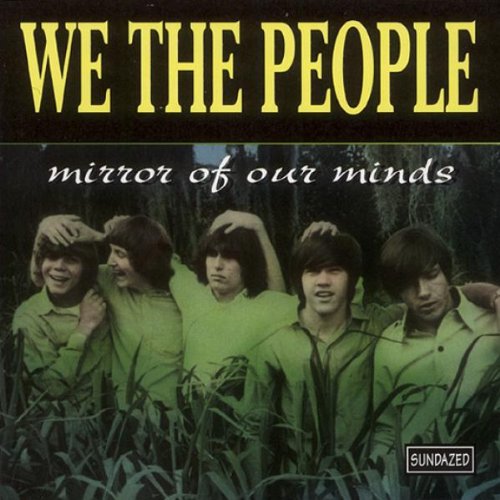
Scott: I was a member of the Englewood high school orchestra from seventh grade on. I was also in a folk singing group called “The Travelers”.
How was the scene in your town? Any other bands you shared stages with?
Tommy: In Florida in the mid-’60’s the music scene was strong, We played a few gigs in Cocoa Beach, Florida with a band called “The Allman Joys,” later to become the Allman Brothers Band. “Mud Crutch” from Gainesville, Florida became Tom Petty and the Heartbreakers. Steven Stills, Gram Parsons, and many others grew up in the area.
Scott: The first band I was in was called “The Bitter Ind.” We share the stage with “The Electric Prunes”, “Spanky And Our Gang”, and others. We also played at the 1968 Republican national convention in Miami, Florida. We also share the stage with a band called “The One Percent”, which later on became Lynyrd Skynyrd.
When did you begin writing music? What was the first song you wrote? What inspired it and did you ever perform the song live or record it?
Tommy: I began writing not long after learning from records on just where the chords were and how to get some sounds out of the guitar. Don’t recall the title of the first song, but we played everything we wrote back then.
Scott: I honestly don’t remember what the first song I wrote was, but I was probably in a band called “The 31st of February” and I wrote it to record on the only album we did in about 1967. I don’t recall the names of any of the songs I wrote. I was inspired by the fact that we needed five more songs on the album to complete it.¸
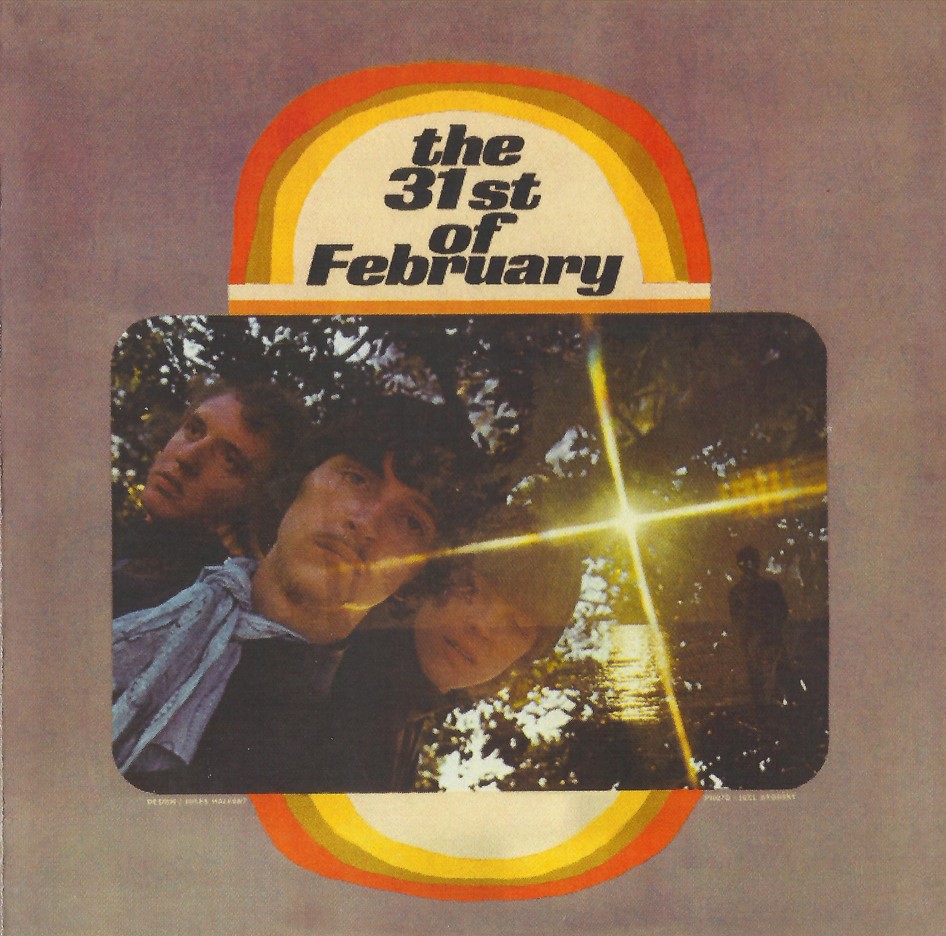
“Greg and Duane joined the band after that album was complete.”
Tell us more about “The 31st of February”.
Scott: That album was recorded at the Criteria studios. It made the top 100 on billboard. Duane and Greg joined the band after our first album, which is why they don’t appear on our only released record. Greg and Duane joined the band after that album was complete. We did some demos for a second album, which was later released as Greg and Duane “the early years”. Those demos contained, among other things, the first recorded version of “Melissa”. Vanguard, however, refused to give us a budget for the second album. I’m pretty sure someone lost their job over that. I’m not exactly sure how we got on the Vanguard record label, I should mention our producer was Bradley Schapiro, who went on to produce Wilson Pickett. Someone must’ve known someone.
Who were the members of the band and how did you guys come together?
Scott: The members of the band were Bill Pillmore, Tommy Talton, George Clark, Tom Wynn and Peter Kowalke. We had several other members, including Randall Bramlett and Chuck Leavell along with many others. Pete asked me to accompany him to Orlando where he introduced me to Tommy. He was playing with Tom and George and Pete and I were playing with Bill and we decided to pool our resources.
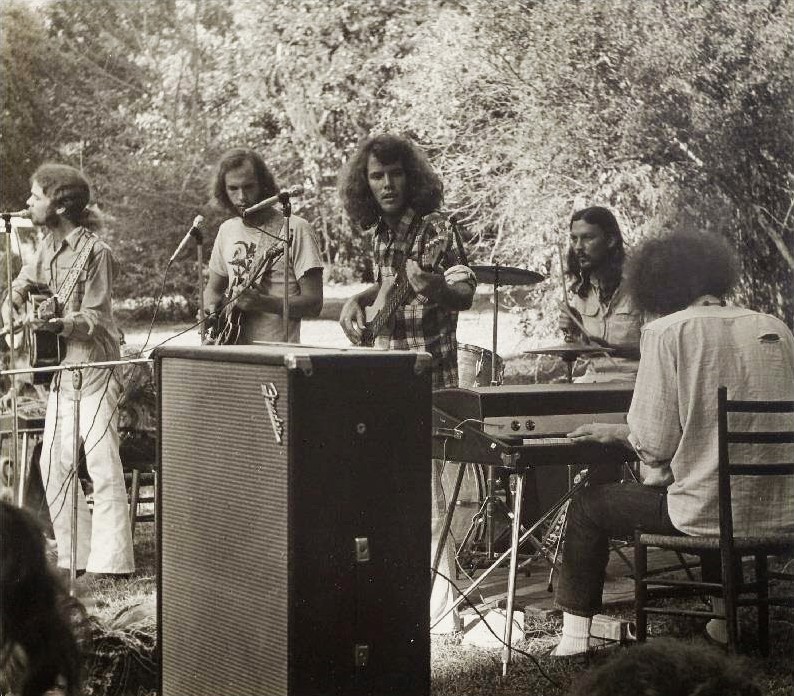
Did you play any shows as Cowboy before recording your first album?
Tommy: Yes, just a few. Mostly around the Jacksonville, Florida area where we had rented a house to rehearse and prepare for the recordings.
Scott: We all did some pick up gigs around Jacksonville to make rent money. We also had a paper route.
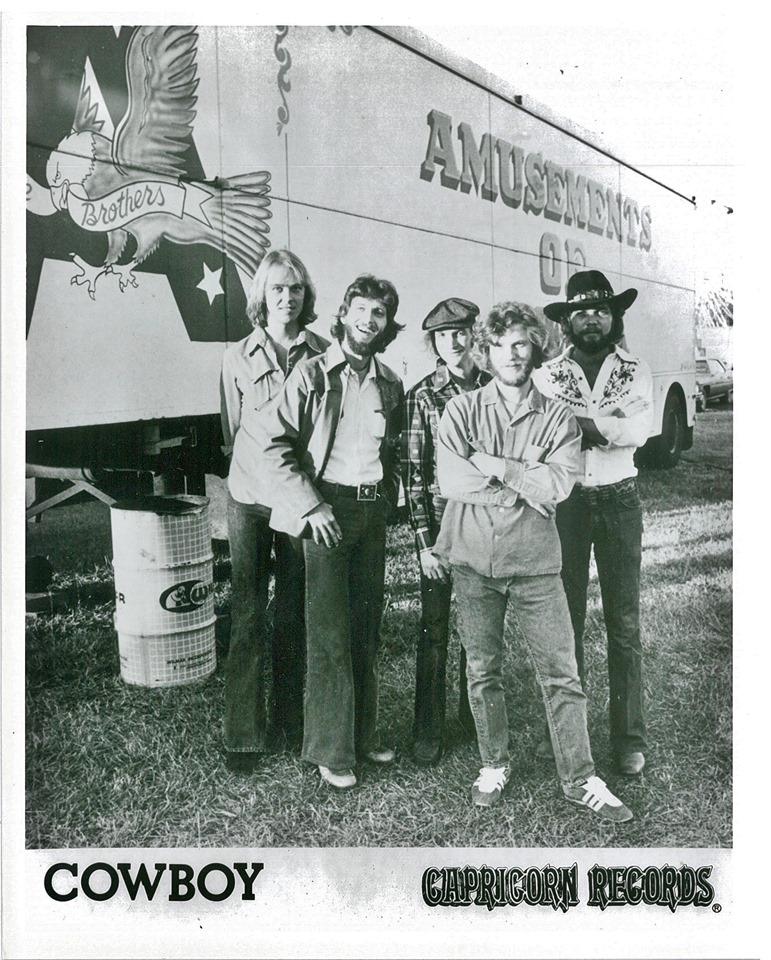
Duane Allman introduced you to Phil Walden of Capricorn Records.
Tommy: Duane and Scott Boyer and myself had all run across each other in the earlier days of music in Florida, so, when he was passing through Jacksonville, he stopped by to say hello and see what we were up to. After playing some time with us and listening to our new tunes he went back to Macon, Georgia and told Phil Walden (president of Capricorn) about us.
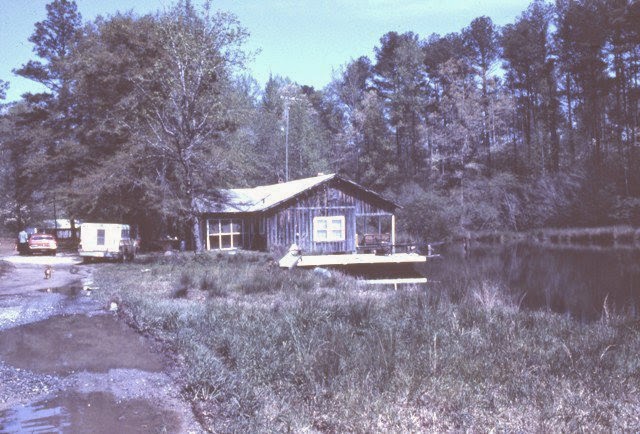
Scott: Duane and Greg Allman played for a short time with me in “The 31st of February”. We kept in touch after that, and he heard from someone I was in a band called “Cowboy”. He stopped by our house in Jacksonville on his way from Daytona Beach to Macon Georgia. We played him a few songs and he went back to Macon and talk to Phil who sent Johnny down to listen to us.
How did you meet Duane?
Scott: I met Duane and Greg in Daytona in 1966. We were looking for a gig and having a great deal of difficulty. As we were walking out of the last place we auditioned somebody at the bar told us we played a nice set. Our bass player grab him and ask him why it was so hard to get a job playing music in Daytona. It turned out to be Greg Allman and we struck up a conversation which lasted well into the night. After that Duane called us for an audition in Jacksonville at the comic book club. They were actually responsible for us getting our first club gig in the band “The Bitter Ind.” after we changed our name to “The 31st of February”, Duane and Greg played in that band with us for a short time. We cut some demos in Miami to try and get a record budget and were turned down by Vanguard Records. After that we broke up and Duane and Greg put together The Allman Brothers. The demos we cut included the first recorded version of the song “Melissa” and several other really good songs by Gregg.
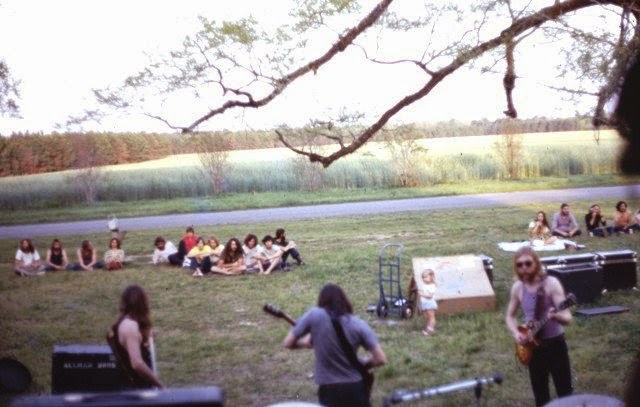
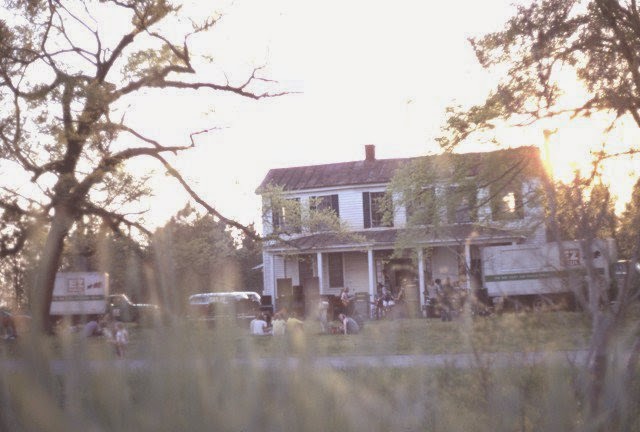
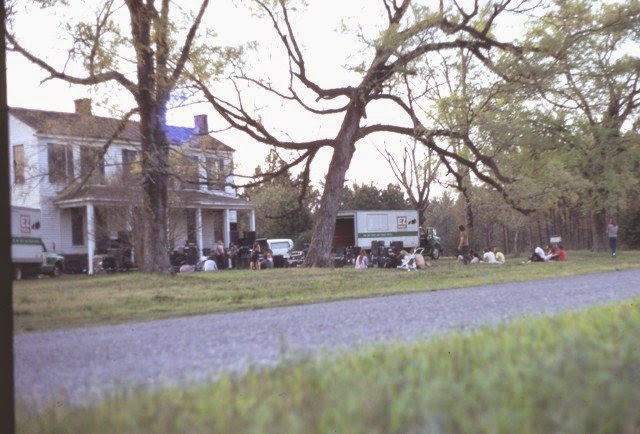
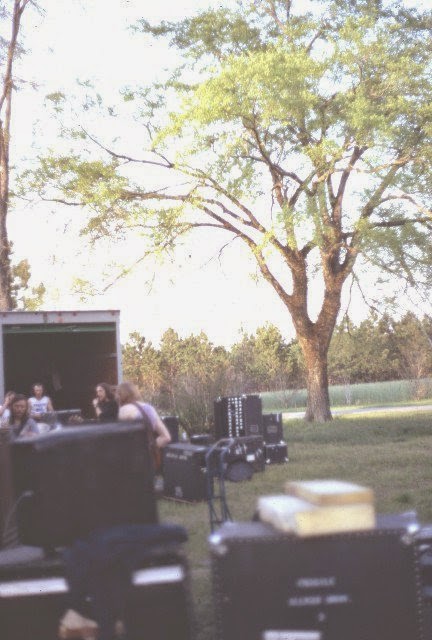
How did you like The Allman Brothers Band?
Tommy: The ABB have been among the best for a long, long time and it is all well-deserved. They started a genre of music and blazed a trail for younger musicians to learn and grow from, that is monumental. I loved their music and even more, I liked their approach to music.
Scott: They were a band of excellent players, a little wild, but always very nice to me and I love them.
Sandlin ended up producing several Cowboy albums for Capricorn, of which this 1970 release was the first.
Tommy: Yes.
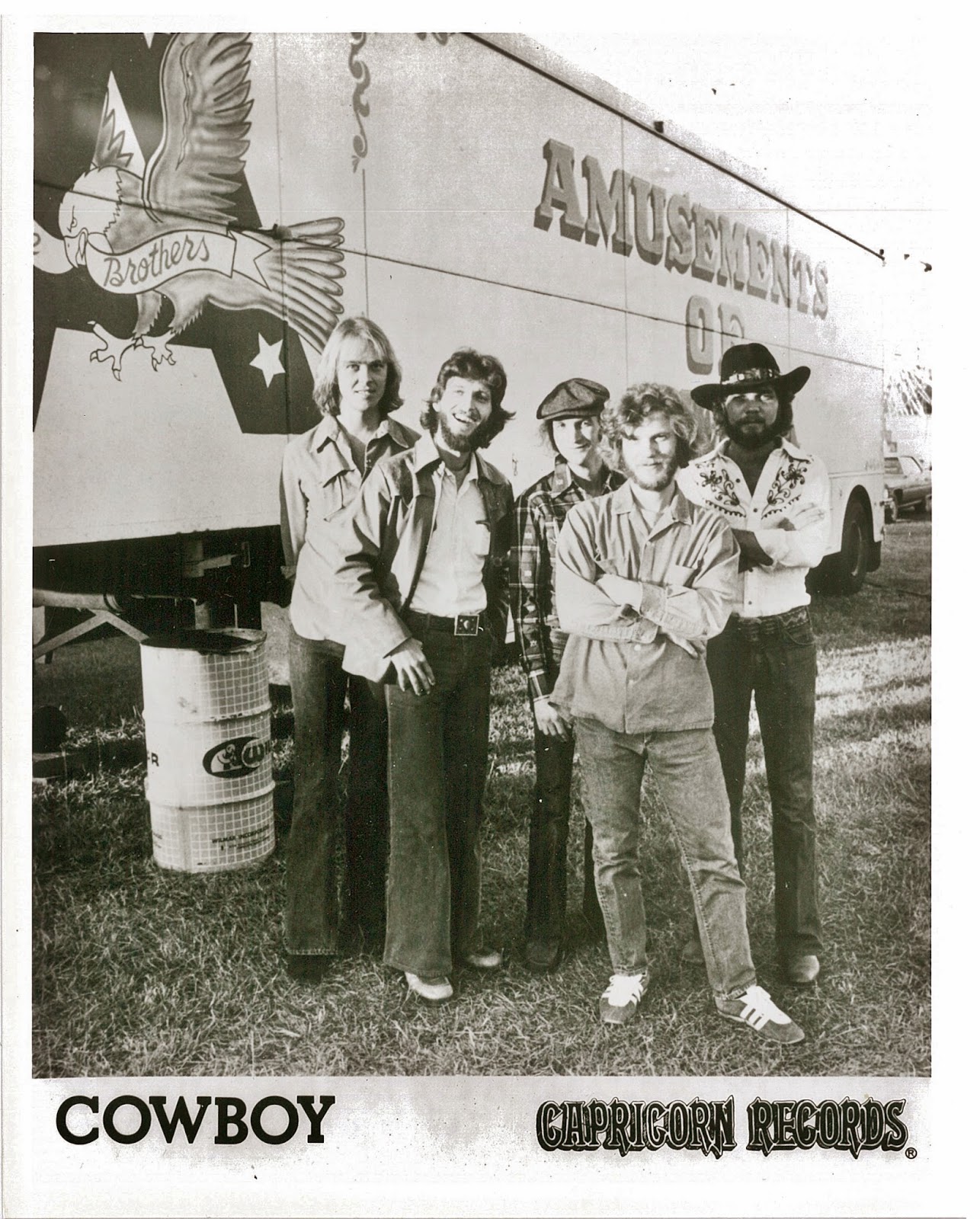
What was your relationship with Capricorn Records?
Tommy: Well, from the standpoint of meeting wonderful people and having countless, unusual opportunities, it was a fine time. Although, from a business and contractual view, myself and others should have looked a little closer before signing some of the agreements we got involved in. Enough said on that subject!
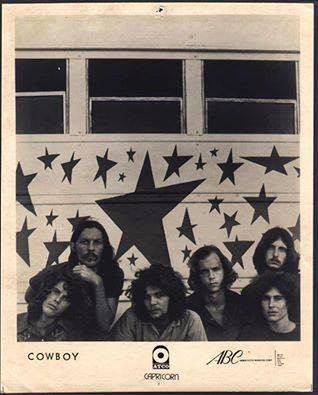
Scott: I suppose it was like most things. We had good days and bad days. Phil, Johnny and the rest of the people at the label were and still are friends of mine so I guess everything went okay.
Reach for the Sky was your debut.
It was nothing but good memories. We were recording the songs we had been writing and working on for the few months we lived together in Jacksonville, Florida. It was a great release, to finally get them down on tape and let them live!
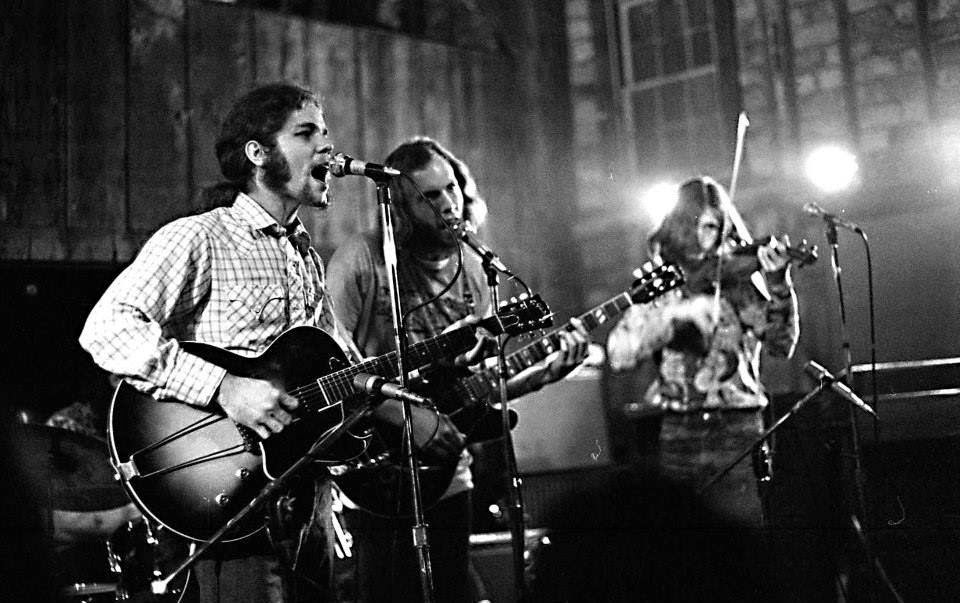
Also, working with Johnny for the first time began a life-long friendship and very creative working environment.
The studio was only 8 tracks at that time, so it made us approach the songs with a preciseness, that was good to learn. Making sure that what was there was important and did its job, to make the song move the listener, hopefully!
“We recorded naked because the Allman Brothers had just taken some naked pictures for an album in a stream owned by Otis Redding up there. We didn’t want to be out done.”
We did use the 8 track MCI recorders of the day. As far as instruments go, we were using Gibson and Martin acoustics. Stratocasters and Les Pauls. There was a beautiful grand piano in the studio, although, it was replaced later by an even greater one that was bought from Carnegie Hall, a nine foot grand Steinway. It would sound like an entire orchestra when it was miked a certain way.
Scott: Well, we recorded one of the tracks naked. I heard after that the janitor wouldn’t come into the studio if a band was in the recording studio. I also remember a liquid called Everclear that they use to clean the recording heads. You could also drink it. It was awful, but it did the trick. 190 proof. We recorded naked because the Allman Brothers had just taken some naked pictures for an album in a stream owned by Otis Redding up there. We didn’t want to be out done.
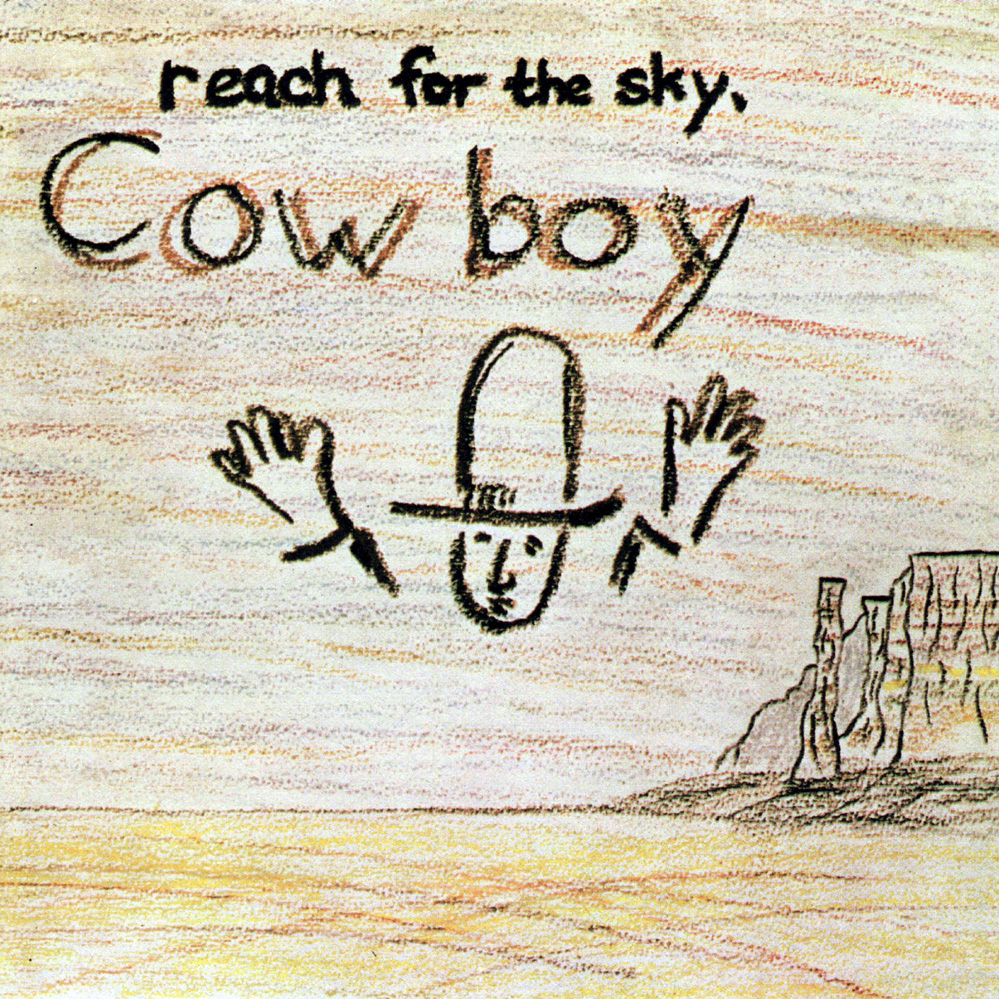
What’s the story behind the cover artwork?
Tommy: The artwork on Reach for the Sky was just crayons on poster-board, drawn by a few of us in the band and Phil Walden (president of Capricorn) added a few lines himself. The innocence of the art work sort of matched the sounds of the music, we thought.
The cover for the second album, 5’ll Getcha Ten, was air brush painted by our friend Barry Brandhorst, he lived with us much of the time and helped in many ways to keep the group running.
Scott: Phil called us in one day and said the artwork was due that day, so some of the fellows in Cowboy drew a desert picture with some crayons that they had laying around. When that was finished Phil’s vice president, Frank Fenter drew the cowboy with the hat over the top of what we had done and that became our cover.
How many copies were pressed and how did the distribution looked like?
Tommy: I have no idea how many were pressed. All of the recordings from every artist at that time on Capricorn Records was distributed by Atlantic Records. Later, Polygram Records bought the catalog of Capricorn.
Scott: I think 5000 copies were pressed, and the distribution was fairly good for such a limited pressing.
How pleased were you with the finished product?
Tommy: Well, happy enough. There is always a feeling that you could do more, but, it’s very important to know when to stop and move on. Be satisfied and begin the process for another work.
Scott: Although I believe it is the least professional of our albums, we were thrilled to death just to have a record coming out at the time. Now it seems most people enjoy the amateurish take that we had. I mean amateurish in a good way.
What was the writing and arranging process within the band?
Tommy: The writing was never planned, we would have some songs that maybe Scott Boyer and Bill Pillmore might come up with, and others that Pete Kowalke or myself would write on our own. The songs we recorded were chosen according to which ones fell together in a good feeling way. Arrangements were usually pretty democratic, everyone chipping in at some level, and then, when in the studio, Johnny Sandlin might come up with some different ways of looking at it. It was good to have Johnny as an “outsider” with a keen knowledge of good music and, at the same time, he was like another member of the band.
Scott: Bill and I wrote several songs together. Tommy wrote largely by himself, as did Pete. The arrangements were finalized by everyone in the band, except for “Amelia’s Earache” which Tommy wrote right on the spot. I probably should have said made up. He didn’t write anything down.
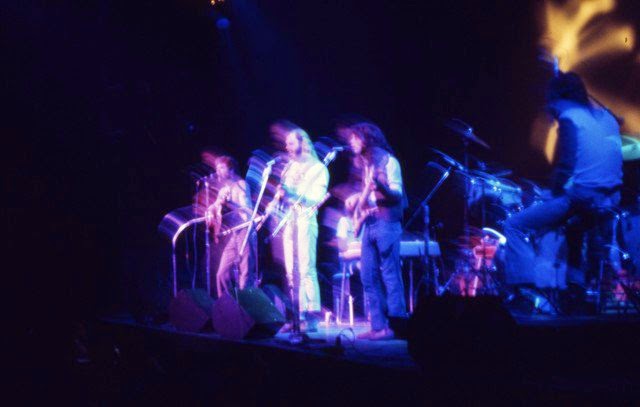
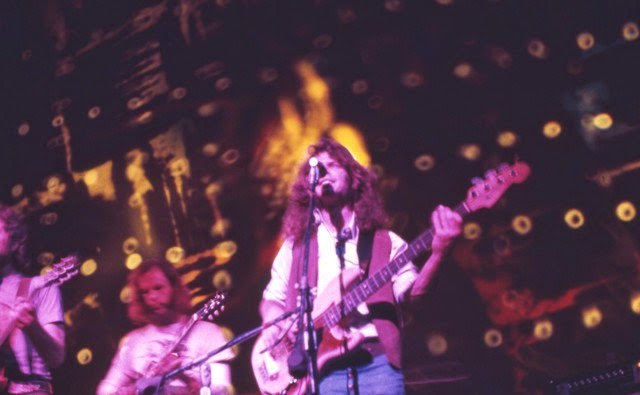
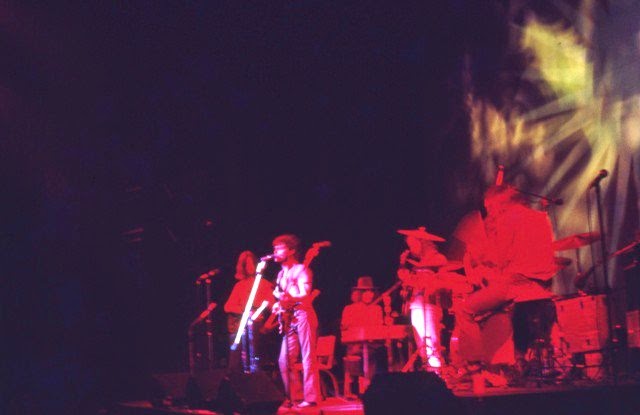
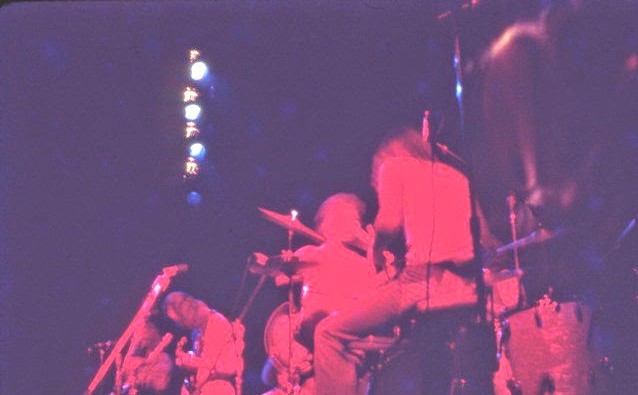
How did critics receive the album? Did it break in any markets?
Tommy: Cowboy was always received well by the critics. I don’t believe the distribution or promotion by the company was ever what it could have been. Even though we were based in the south of the U.S., the northeast was a very good region for us, lots of fans in that area, California also.
Scott: We had several glowing reviews, including one in Rolling Stone Magazine. The album sold well in Denver and New York, but because so few copies were pressed it didn’t really break anywhere.
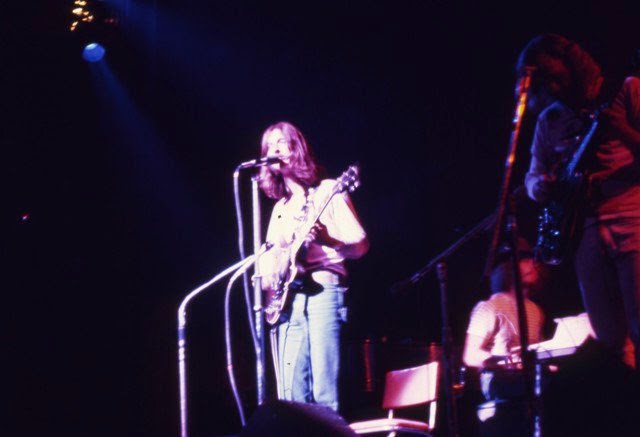
You shared many magic musical moments together. Would you share your insight on the albums’ tracks?
“Opening”
Tommy: Beautiful melody that called out for the harmonies we used here. As it is titled, it was the perfect song to begin or to “open” with.
Scott: I’m proud of the harmonies on this one. We grabbed a piece of wallboard from where they were building the studio and wrote the lyrics down on it so everyone could see. Then we all gathered around the microphone and sang. I thought it came out extremely well.
“Livin’ in the Country”
Tommy: This was actually the first song Scott played for me when we were introduced by a mutual friend. As soon as I heard it I knew I wanted to work with Scott from then on…
Scott: This was, I believe, the first song I wrote with Bill. It is one I still get requests for. At that time I thought it was rather simplistic, but that angle seems to of serve the song well.
“Song of Love and Peace”
Tommy: This was one that Bill Pillmore and Scott wrote as the band was just coming together. One of the songs that helped create Cowboy’s “sound” of easy going feelings.
Scott: “Can’t we all just get along”, song.
“Amelia’s Earache”
Tommy: This was a quick little “joke” I came up with. Actually, I was walking by the piano to get to the microphone on the other side of the room and I happened to “tickle” the keyboard and I sat down and played and sang purely off the top of my head. I had no idea what chord I would hit next or what words would come out of my mouth. Johnny happened to have the recorder on and we decided to use this little, impromptu “snapshot” to help reveal the fun we were having while recording. Of course, the title is just a play on Amelia Earheart.
Scott: Hilarious. The song grew out of Tommy’s not wanting anything to be figured out. Sort of spontaneous combustion.
“Pick Your Nose”
Tommy: Very good advice, yes?
Scott: The thing I remember about this song is that we had too many verses, so we sang the last two at the same time. Classically stupid.
“Pretty Friend”
Tommy: This is a song I wrote before even meeting Scott Boyer and forming “Cowboy.” Simply what it is titled, a song about a friend, purely friendship, no love interest on a sexual level.
Scott: One of the most pleasingly digestible songs on the record, one of Tommy’s best.
“Everything Here”
Scott: I always wondered what the song meant. I have a few guesses but nothing concrete.
Tommy: “Everything Here” was not written until the night before it was recorded. Johnny Sandlin, producer on the record, asked me to come up with another song for the album because we had some time that needed to be filled on the disc. Something that would not occur here in the “digital” age of recording. You see, when dealing with a vinyl disc there is only so much time you can put on one side before you begin to lose quality (about 22 minutes back then, probably still true). After that, the groove has to grow smaller to fit more music on the disc, meaning the needle has less space to fit into for optimum quality! And there’s our lesson on vinyl discs for today, there will be a quiz in the future, thank you!
“Stick Together”
Tommy: Here’s another song that Scott had before the group got together, one of my favorites from the beginning. As most of these songs do, it speaks for itself…
Scott: Another way of saying there is strength in numbers. I thought the band performed well on this song.
“Use Your Situation”
Tommy: Don’t want to repeat myself too much, but all these songs, hopefully, will speak for themselves lyrically. More good advice from Mr. Boyer!
Scott: Use where you’re at to get where you want to go.
“It’s Time”
Tommy: Beautiful song, one of my favorites of all Cowboy tunes. Scott and I recorded this song again a few years later with the wonderful Bonnie Bramblett, from Delaney and Bonnie.
Scott: I remember thinking in this vocal range I sound too much like Neil Young. Bonnie Bramlett later recorded a killer version of this song. She sang a different melody in the chorus, and the melody I sang ended up being a harmony part.
“Honey Ain’t Nowhere”
Tommy: Kick your heels up and dance!
Scott: A memorable little guitar lick. Bringing the band in for the last four bars was probably more trouble than it was worth.
“Rip & Snort”
Tommy: This one is getting some anger out, better than letting it eat at you…..
Scott: The high energy song of the album. Possibly a little hateful, but I was a little pissed when I wrote it.
“Josephine, Beyond Compare”
Scott: I was flabbergasted when Tommy played me this song. One of the most beautiful I have heard anywhere. I believe he wrote it about a religious person named Meher Baba.
Tommy: This is a very special song in my life. It came to me in a dream, I awoke and wrote all the lyrics out without thinking. It was not until 3 or 4 months later that I put the chords and melody to the words. Josephine can be left to the listener to decide who she is!
5’ll Getcha Ten followed.
Tommy: It was time for some new music. One thing with our group was we never were in need of songs. We all wrote constantly, and some were even recordable! This was done in Muscle Shoals, Alabama. The first album Reach for the Sky was done entirely in Macon, Georgia at Capricorn studios, but, the studio there was being redesigned and updated, so we moved our sessions to Muscle Shoals Sound for this album. Duane Allman joined us on a few songs, “Please Be With Me” on dobro and “Looking For You” he played an electric rhythm part.
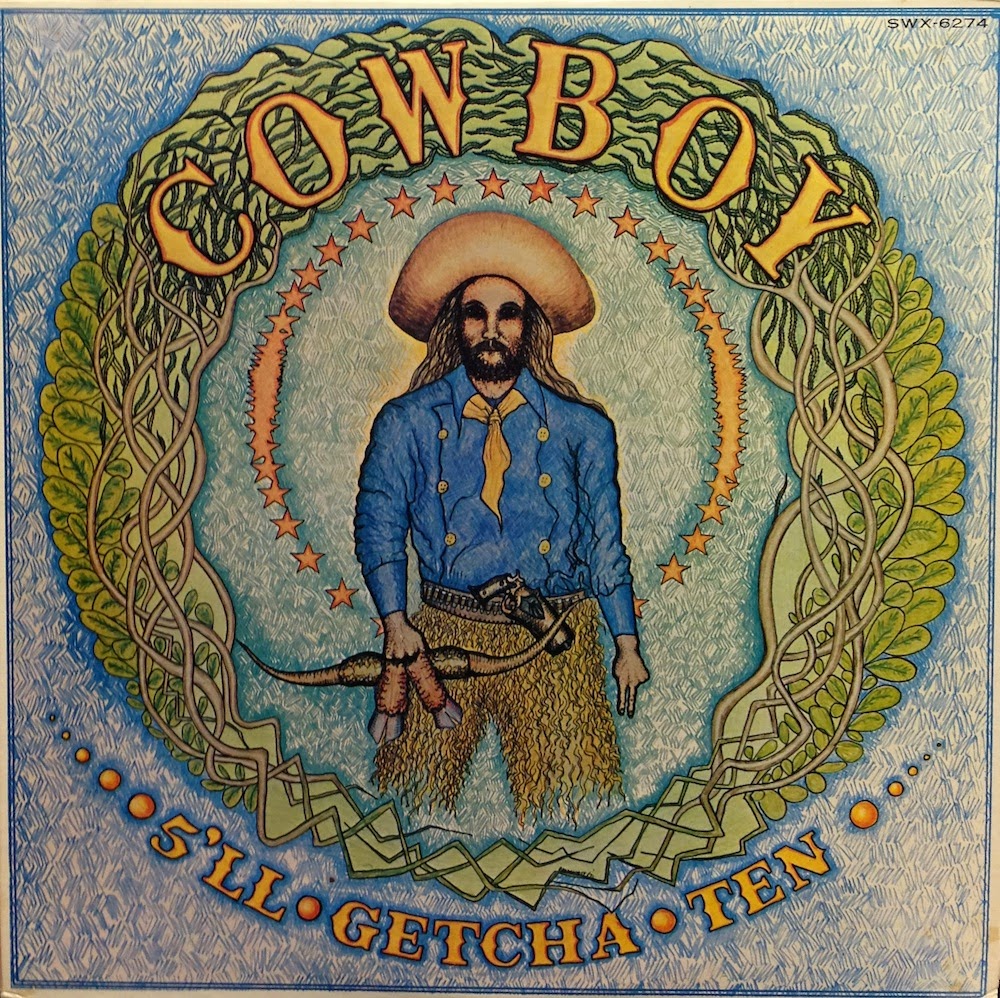
Scott: As you said, it was a year later. We started working on the album in Macon at Capricorn studios. We kept having problems, and Johnny went to Phil and asked if we could come to Muscle Shoals to record the remainder. He said okay, and off we went. I have a books worth of fascinating stories to tell about my first experience in the Shoals. Another time perhaps.
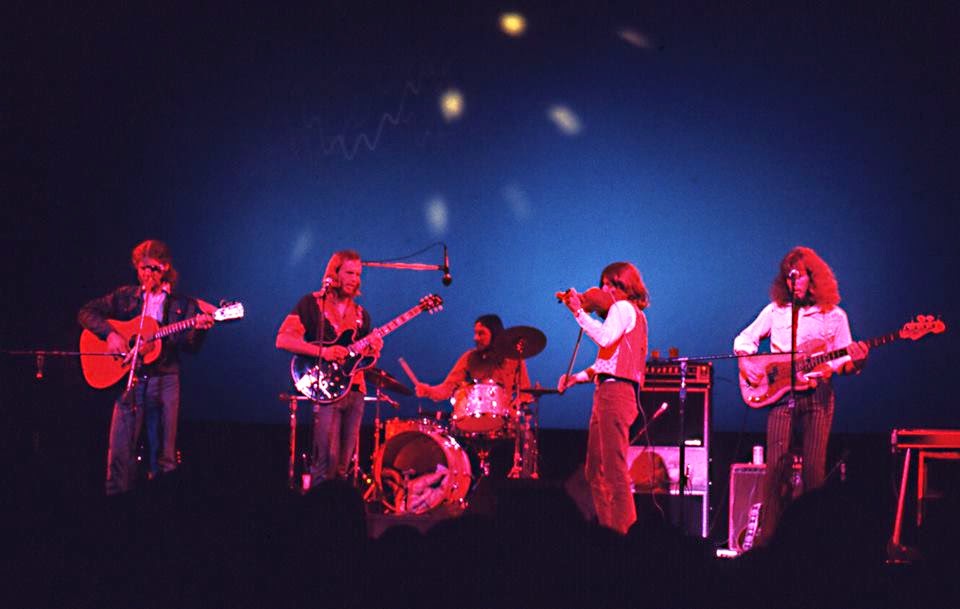
Boyer & Talton and Cowboy followed.
Tommy: The Cowboy/Boyer and Talton album was all our friends joining us from the Capricorn studio. “A” list. We were recording an album with Gregg Allman at the same time with most of the same people, his album was later titled Laid Back.
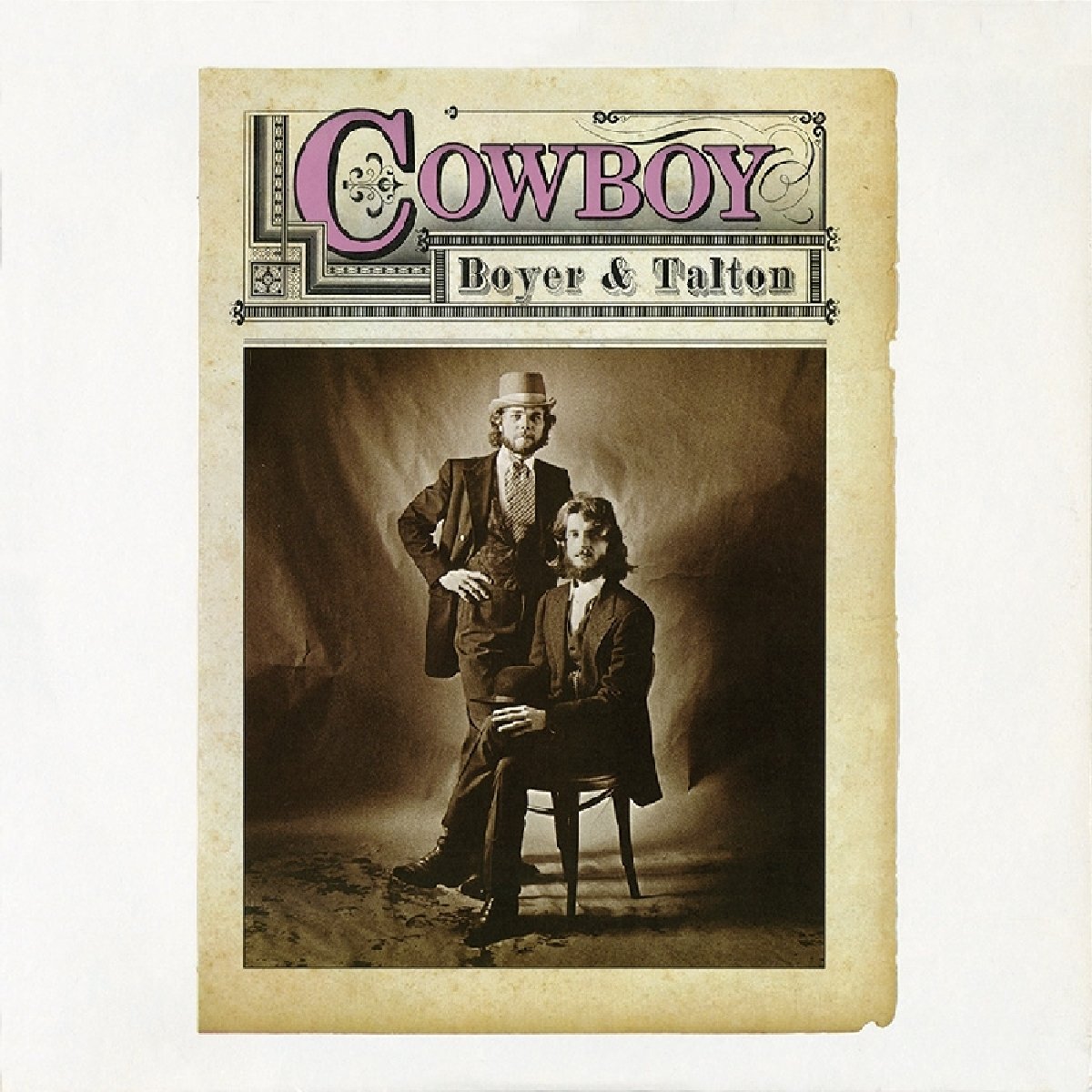
The Cowboy album from 1977 would be the last for us, and, near the end for the original Capricorn Record Company.
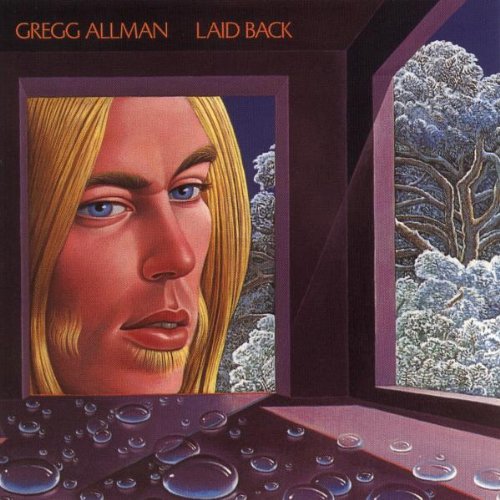
Scott: Boyer and Talton album came out of a number of demos we had recorded in Macon. It was after we had finished Greg Allman’s album Laid Back. Phil wanted us to record a new album to sell on Greg’s tour which we were included in. We took the demos that we had cut and finish them up because it was quicker than starting from scratch on a new record. Our last album, Cowboy, was the only one that Johnny didn’t work on. He had a scheduling conflict and we co-produced it with a wonderful engineer named Sam Whiteside. Hopefully we had learned enough about production from Johnny to do a passable job.
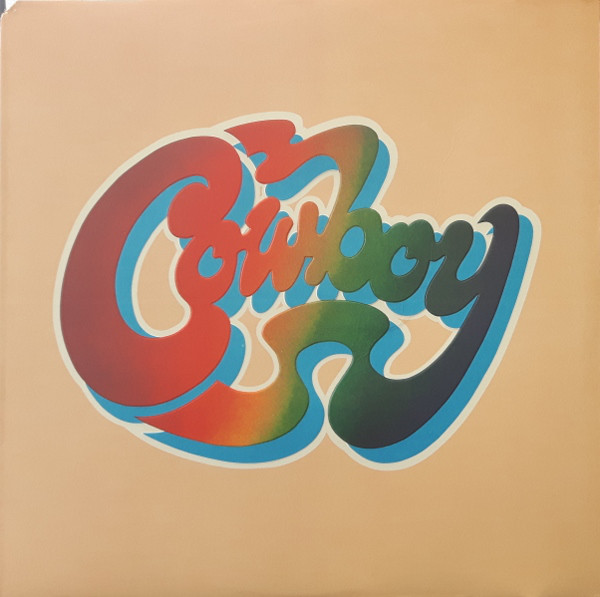
Were you often playing together with The Allman Brothers Band and other from Capricorn Records?
Tommy: Yes, here and there. We all did lots of touring together in the early and mid-’70’s.
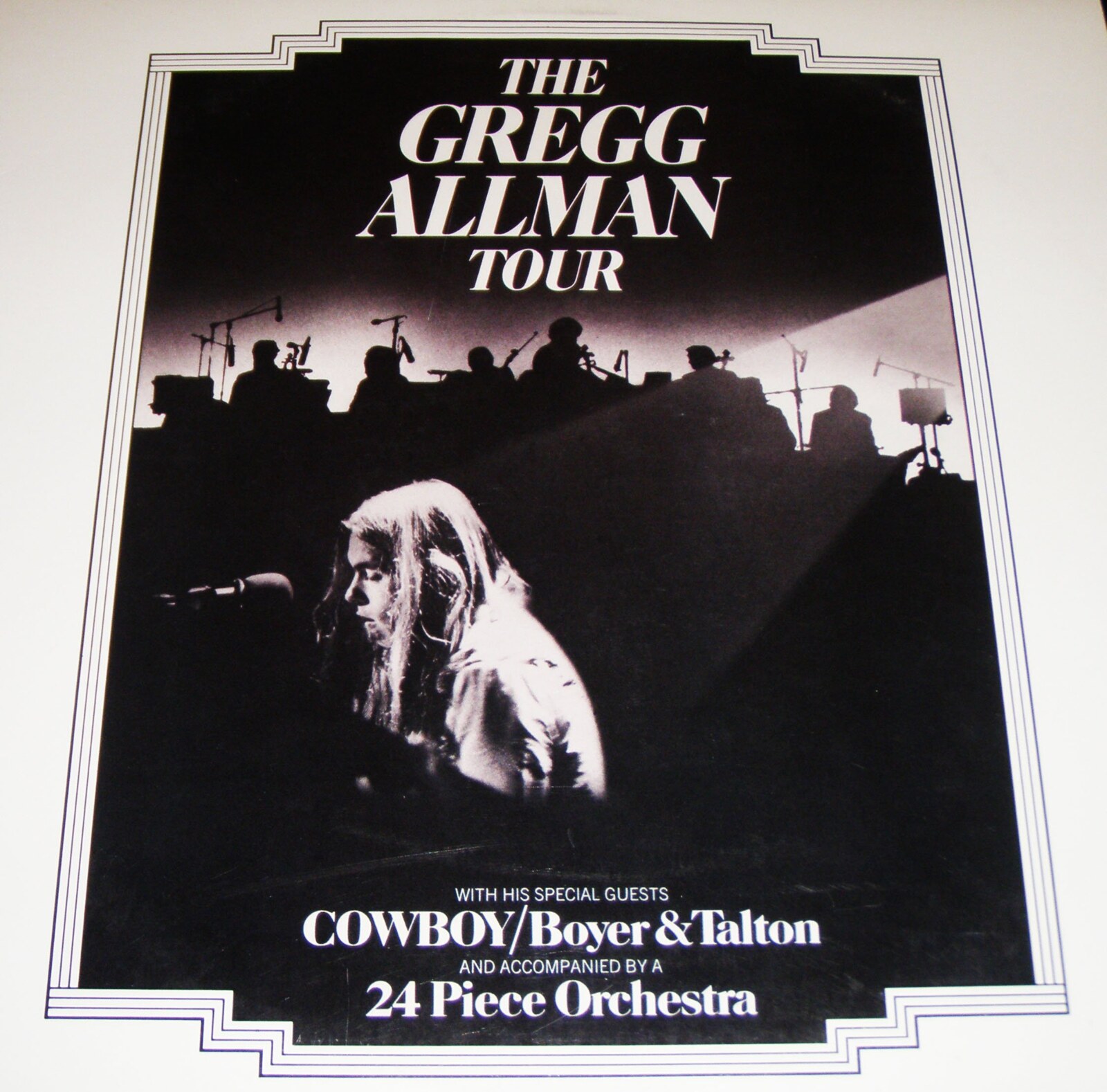
Scott: We played several jobs with the Allman Brothers, but found our footing when we started playing with Poco, Pure Prairie League, The Ozark Mountain Daredevils and other folk rock acts.
In 1971 you played at Fillmore East with The Allman Brothers Band. Are there any recordings?
Tommy: No recordings of our gigs at the Fillmore.
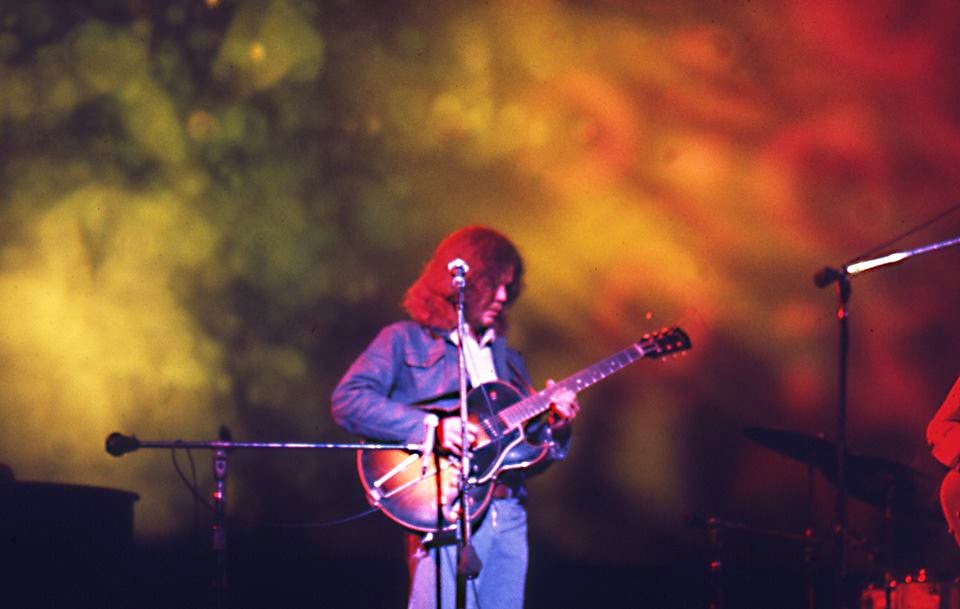
Would you discuss some of your most memorable moments in Cowboy and what made them so?
Scott: When Johnny Sandlin put the band “Cowboy” together with Greg to record the Laid Back album. That’s probably the most memorable moment. We all knew that album was going to get a lot of airplay and a lot of album sales, so we worked extremely hard to do the best job we could. We must’ve done okay, because I got a couple of nice checks. There are so many other things, but it would take too long to tell.
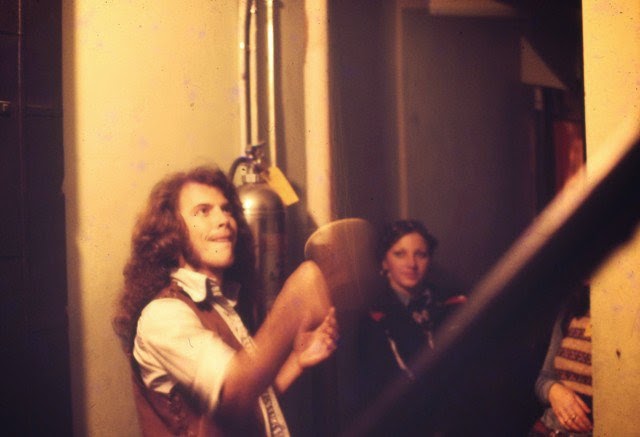
What happened after the fourth album? Were you part of any other projects? Both of you made several solo albums.
Tommy: I moved back to Florida for a few years, I grew up there and wanted to spend some time around my aging mother and family. I, also, did an album, Happy To Be Alive, of my songs with Johnny Sandlin (producer and fine drummer and bass player) and Bill Stewart (drummer on many Capricorn and other recordings).
Scott: I spent a year in Los Angeles, writing songs with Ricky Hirsch from “Wet Willie” and producing an album on a Seattle band called “The Sky Boys”. After that I joined a band called “Locust Fork” for a few years, then started a band called “The Convertibles” which Tommy was in for a short while.
What currently occupies your life?
Tommy: After living for most of the 90’s in Europe, I have been making music again in the U.S.
I am actually more busy now than I have been in some time. Writing many songs and recording with the help of Hittin the Note Magazine magazine and records, they are a southern music/Allman Brothers Band based magazine. My entire catalog is available (with a “Live” Reunion Cowboy album).
Until After Then is my latest release (October 28, 2014), it is just now beginning to roll and have some recognition, hope you find time to listen to it and the others.
Let’s Get Outta Here is an album from 2012 and is still selling quite well.
Here is a link from a performance by the Tommy Talton Band in 2013 in Daytona Beach, Florida.
This song was also on the “Live/ Laid Back Tour ’74” album by Cowboy on the Gregg Allman tour of that year.
Scott: I moved to the shoals in 1988. Johnny Sandlin had a band called “The Decoys”. I have been in that band ever cents. 26 years. Johnny no longer plays with us, our bass player is now David Hood.
I recorded a solo album in 1991 and recently made a record with a songwriting partner N.C.Thurman called Okay How About This?. The band recorded an album at fame recording studios called “Shot From The Saddle” a few years back, and are working on a new release. It’s a great band in itself, but we also back up other artists like Delbert McClinton, Greg, Bonnie Bramlett, Russell Smith, Percy Sledge, and others. Too many to name. We are affectionately called “The Muscle Shoals House Band”.
Here are some links:
Scott Boyer & NC Thurman OK How About This?
Scott Boyer All My Friends
The Decoys (ft. Scott Boyer, David Hood, Kelvin Holly, NC Thurman & Mike Dillon)
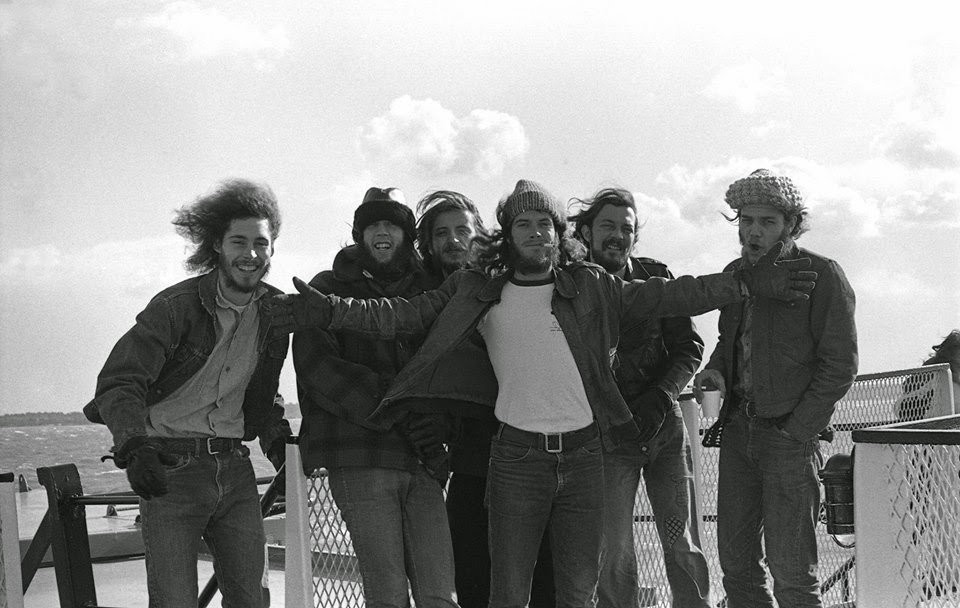
Thank you for taking your time. Last word is yours.
Tommy: Sorry it took a while to answer all your questions. I hope I have helped to enlighten everyone a bit on the history of our music.
I wish everyone well, stay happy and listen to the music, it can help us all make it through the tough times!
Thank you much….later.
Scott: Only that I believe I’m getting better over time, and I hope my best work is still ahead of me. I would also like to thank all of your readers for taking the time to read this, and I hope you will listen to The Decoys when you get a chance. Oh, and come out and see me if I play somewhere close to where you are. Thank all of you.
– Klemen Breznikar
In memory of Scott Boyer (October 17, 1947 – February 13, 2018)

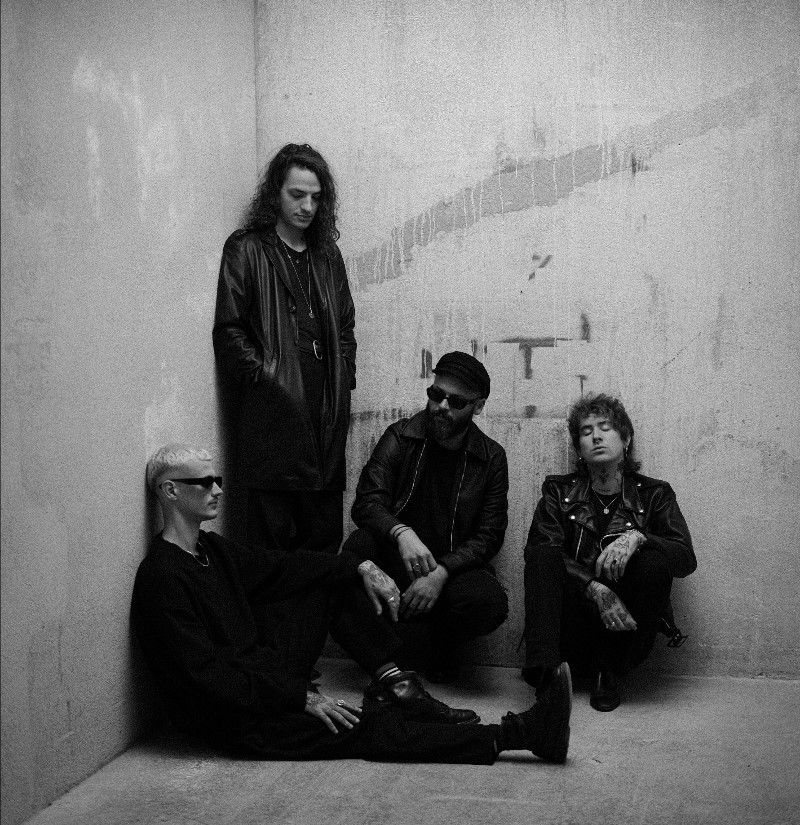
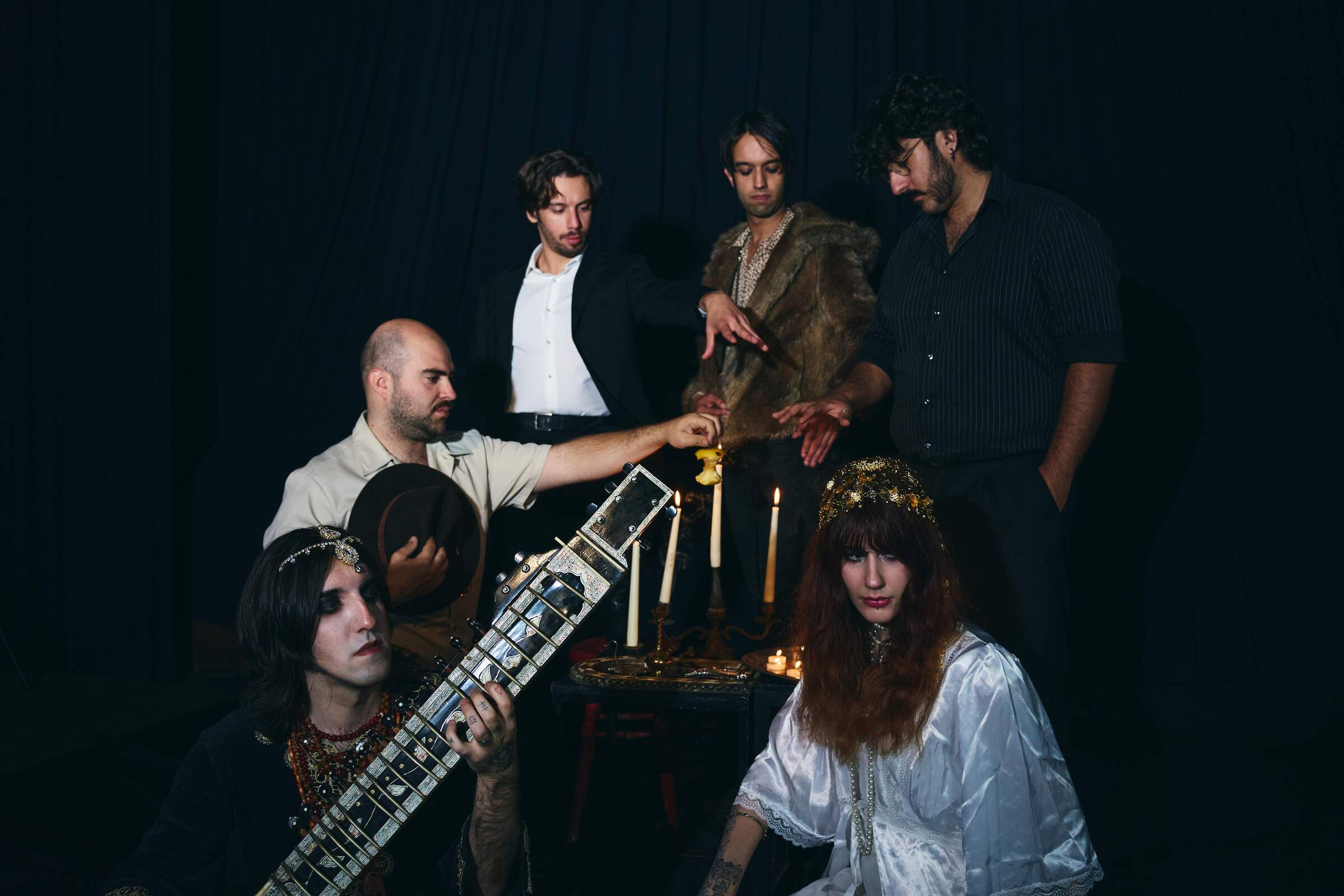
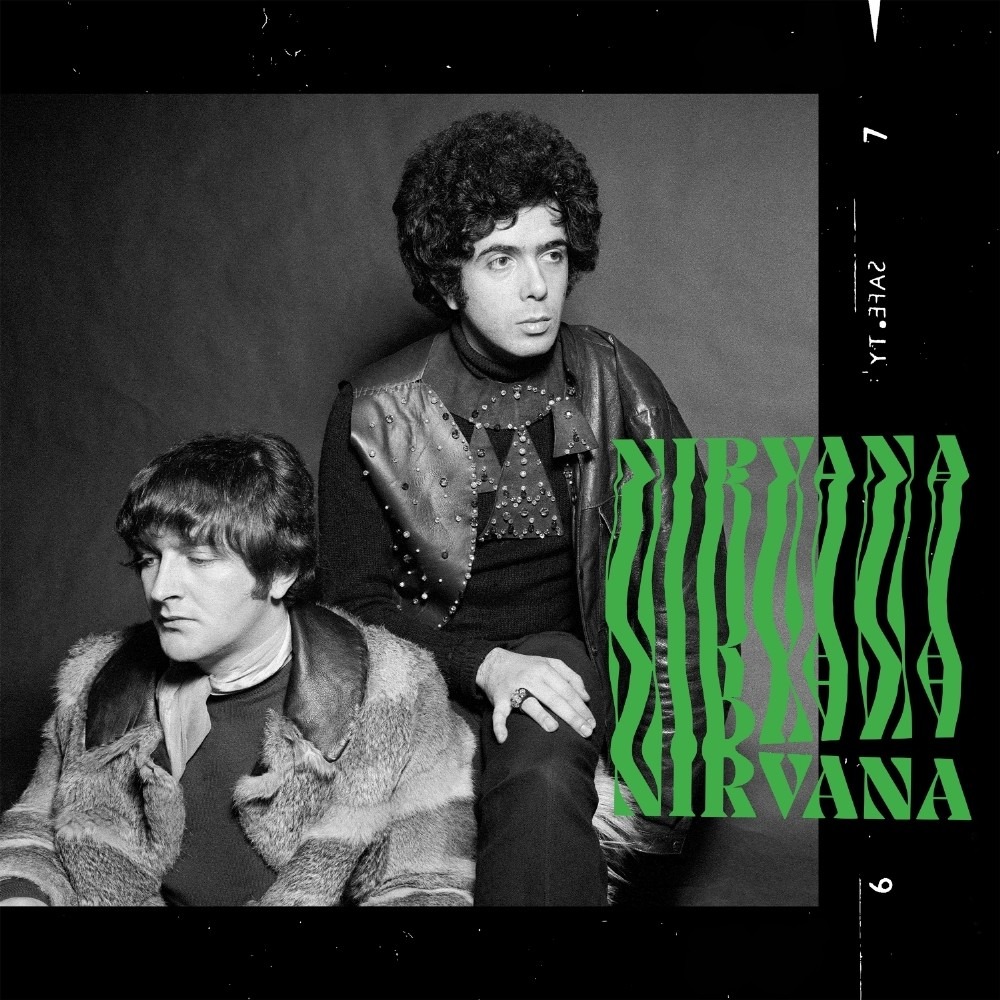
These boys always did knock my COWBOY boots right off my feets! Onward through the fog, Mr. Boyer and Mr. Talton!
cowboy is bar none my favoritest band ever! timeless songs,,,sweet melodies,,beautiful lyrics,,cowboys music fits all generations,,tommy talton is 1'a the sweetest most humblest people i ever met,,i love him & miss patty very muchly!
Yeah I completely agree that "Cowboy" is one of the best music bands. It is my and my dad’s favorite band. We have attended their various concerts at the local event rooms for rent. In their concerts I always have a great time with my loving dad!
I have seen Tommy play quite a bit around the Atlanta area over the last ten plus years. A great songwriter and story teller that has seen almost everything and is still here to tell it Love Cowboy..only saw them once at Mercer in Macon 1977. The band was unique because of the songs they wrote themselves first of all.Secondly the played as if it was Important to them to give us these songs. Even though Scott and Johnny have passed the music shall live forever.